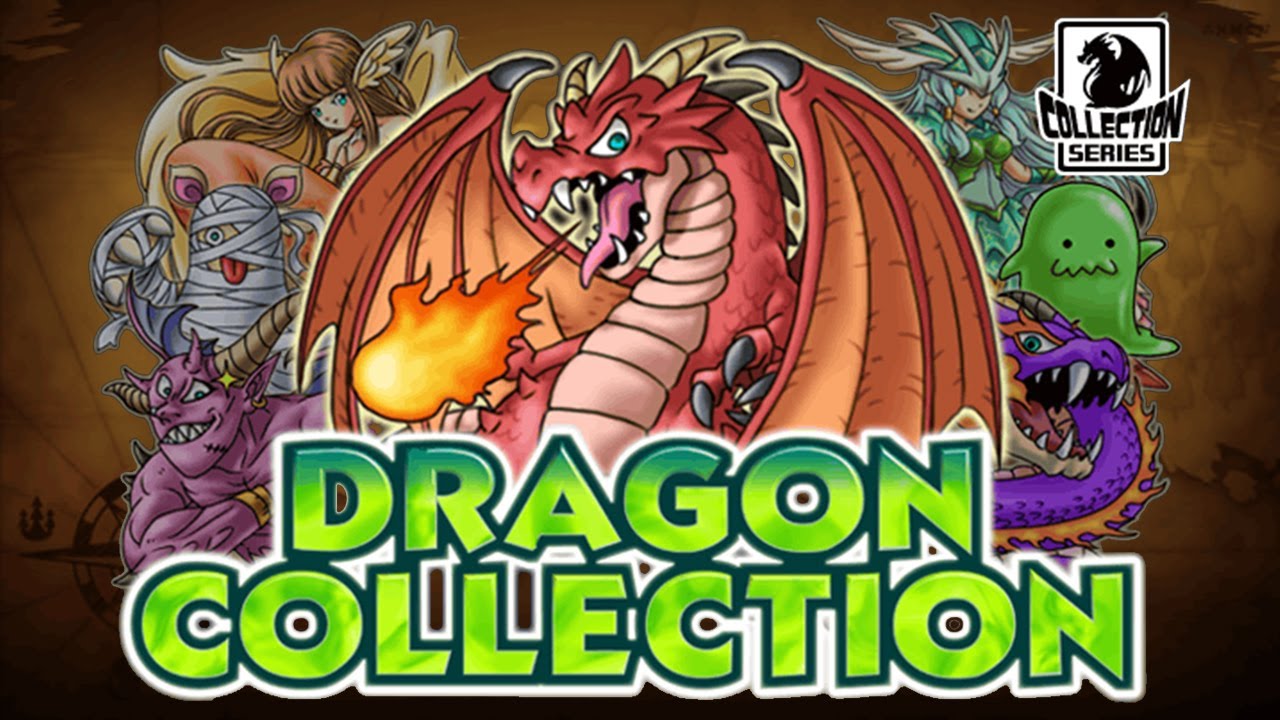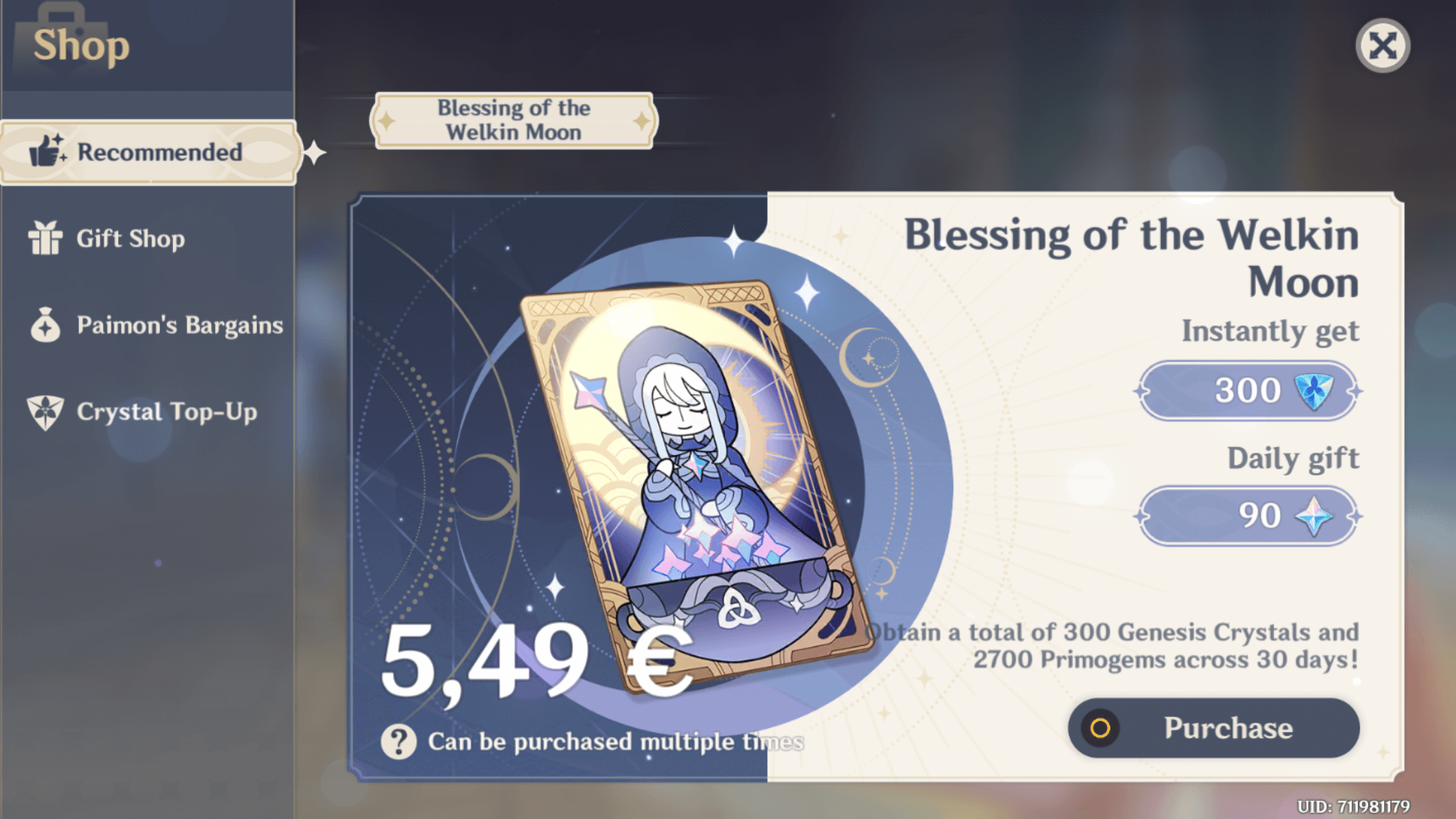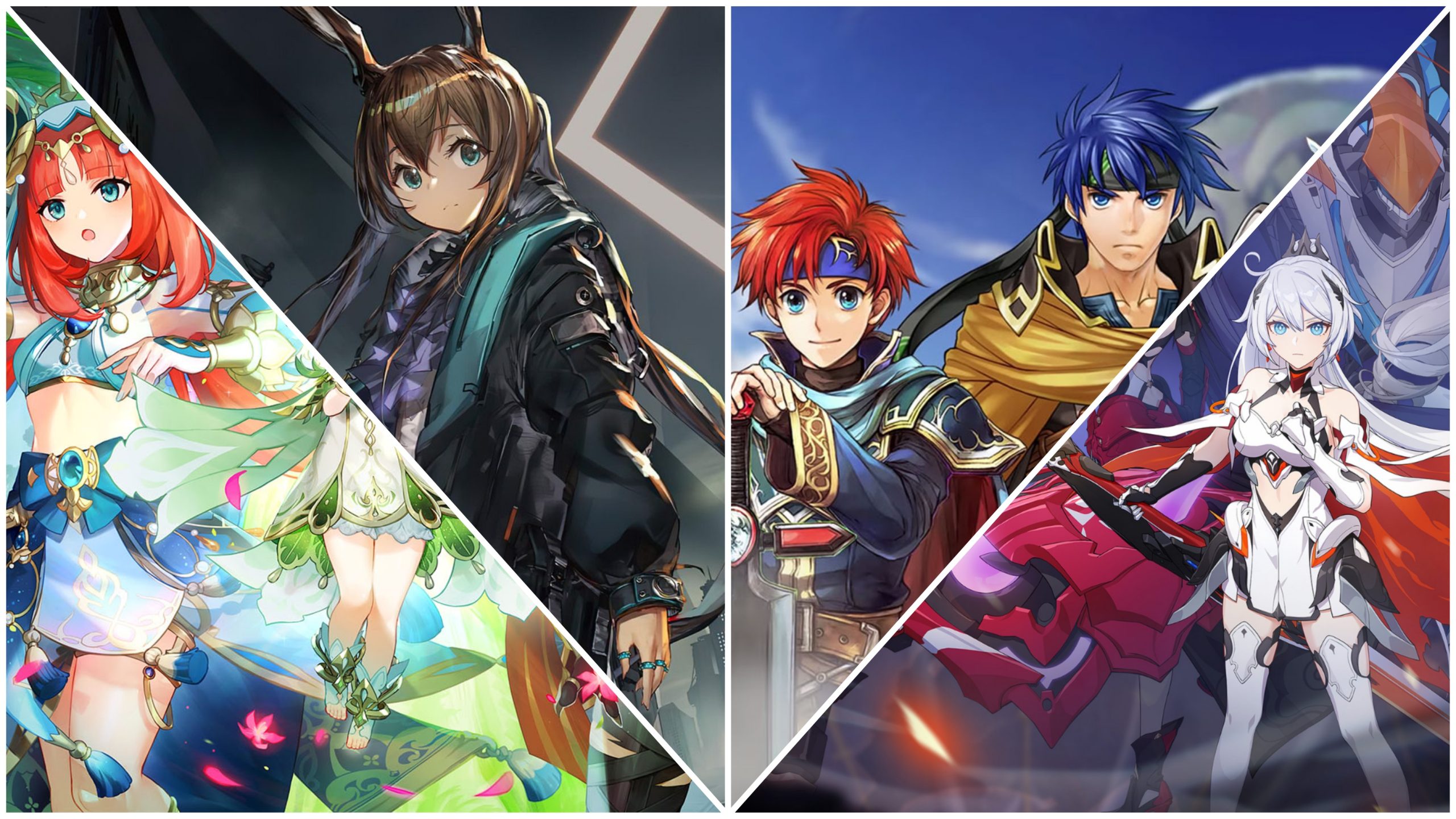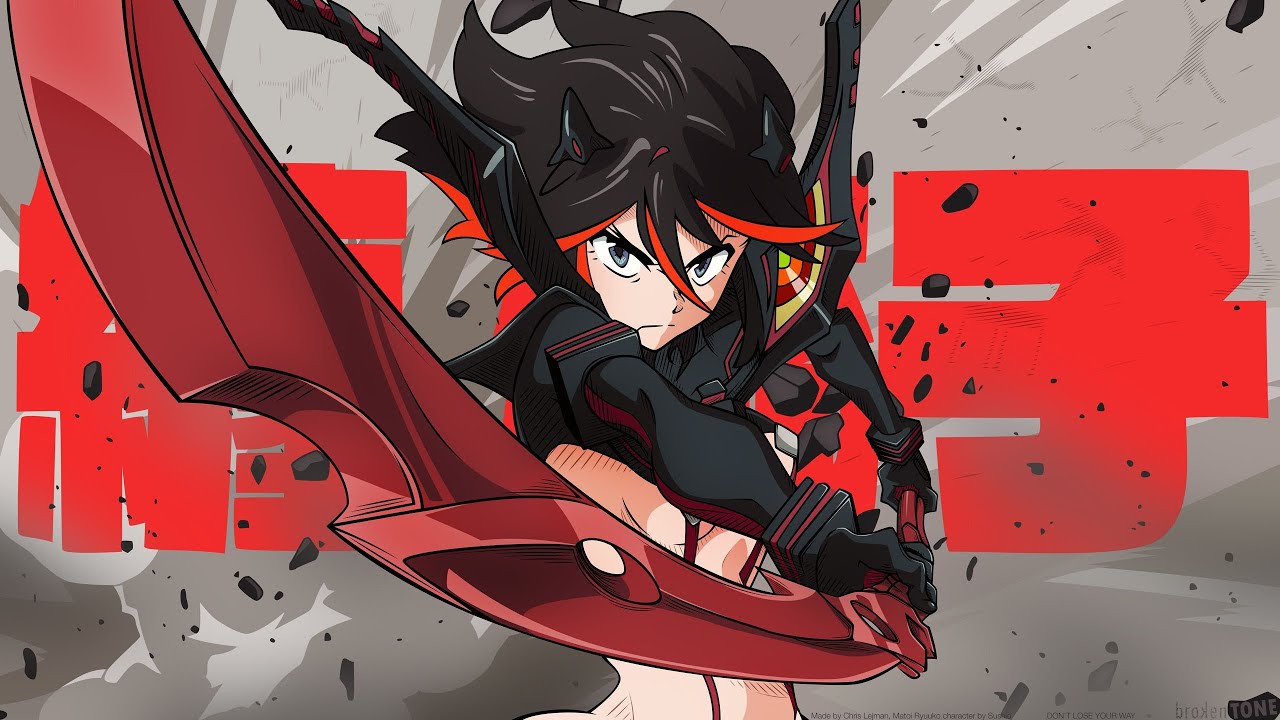Gacha games, you know ‘em you love ‘em you hate ‘em. This style of games started getting traction in the early 2010s with Japan as its breeding ground. It all started when Konami was developing a mobile game called Dragon Collection, a dungeon crawler that instead of focusing on combat and exploration, focused more on the player’s obsession to get better and better loot. This radical idea actually works and people started spending their hard earned cash to get the characters that they want. And the best part is the game is free, so everyone can play.
Dragon Collection soon became one of Konami’s biggest incomes at the time with an active 6 million players out of the total 20 million players Konami games had and leading to an increase of 80 percent of net profits year-on-year to a staggering figure of JPY 23 billion or USD 288 million in March 2012. Dragon Collection practically changed the way mobile games are designed coming forward. With every new idea, it needs a term to describe it. Soon it settled on gacha or gacha games, a shortening of Gachapon, a vending machine for capsule toys.
Seeing the massive success that is Dragon Collection, game developers took some notes and applied the same concept to their games too. Thereby coming the age of gacha games galore, with seemingly every game has a gacha. If they don’t, then it’ll be seen as cheaply done or outdated. Some publishers took this concept too far however and implemented a gacha system so addicting, the Japanese government had to put its foot down. It’s called Complete Gacha or Kompa Gacha.

The system went something like this, players are required to roll a set of common ingredients first before getting a rare item, akin to the trading card game Magic: The Gathering. The trap lies after you get the first couple of ingredients and you’re stuck with getting one more ingredient before the set is complete, making you roll more and more until you get it. As you can see how this is as dangerous as gambling, that’s why the Japanese government had to get involved.
Complete gacha only happened because there’s no regulation about gacha yet since it’s the wild wild west on mobile games. Nowadays, game publishers need to show the possibility of their gacha if they do not want to risk getting banned. Alas, one cannot truly stop greed because the name of the game now is ‘how to make people addicted to gacha’. They usually implement a pay-to-win system where the rarest character is the most overpowered character in the game or make the players encounter tough and tougher enemies as time goes by.
Therefore you have to roll gachas to get the progress going again. There’s also another trick game publishers rely on, it’s the oldest trick in the book i.e. lust. Every season of the year, gacha games designs skimpy costumes for players to sink their money on. Which don’t get me wrong, a man has to release his desires somehow. It’s just a bit scummy to target our lust for their profit.
From all that rambling, there’s one key factor that gacha games rely on, such as mentioned before, that is our innate desire as a human being. Desires to get every single character in the game or desires to bust your nut too. Gacha games prey on this to make millions upon millions of dollars. For example, according to a report by Sensor Tower the now ubiquitous gacha game, Genshin Impact, has generated over $1 billion in player spending in less than six months from its official launch in 2020. That’s only the mobile version, not accounting for the PC, Playstation 4 and 5, so the figures might be bigger than this.

But what’s the point that I’m making here, so far you’ve read about the history of gacha games, what happens when there’s no regulations, the system commonly implemented in gacha games and the number figure for Genshin Impact. And yet there’s seemingly no correlation behind the title of this article. That’s because what went wrong with gacha games is not the game itself but instead lies on the players.
Playing gacha games is not morally wrong or even socially wrong, you can’t get canceled on twitter for playing Genshin Impact or any other gacha games on the market (though considering it’s twitter, anything’s possible). But excessive spending and the obsession with getting the latest brand spanking new character or costume is doing wrong to yourself. Your money is free for you to spend with, I have no power over that but when you pour over thousands of dollars to a single game that could get shutdown at any moment’s notice, that’s just careless spending to the extreme.
So, the moral of the story here is, feel free to play gacha games, I’m openly admitting gacha games can be fun to play but spend your money responsibly. Don’t throw away your entire income just to get a C6 Venti. Spend the money that you have after fulfilling all your basic needs and savings, just like Warren Buffet put it, “Do not save what is left after spending but spend what is left after saving.”








